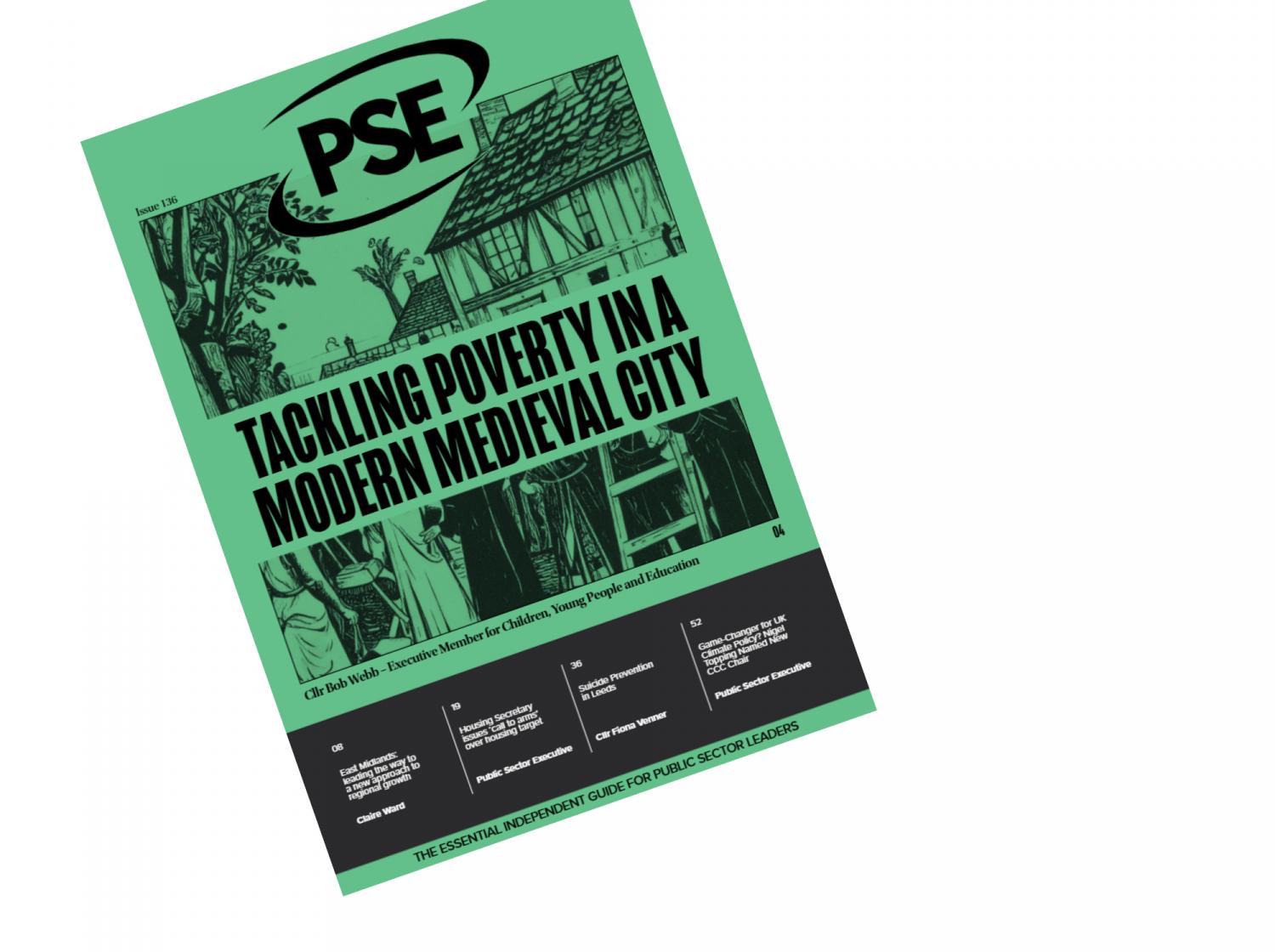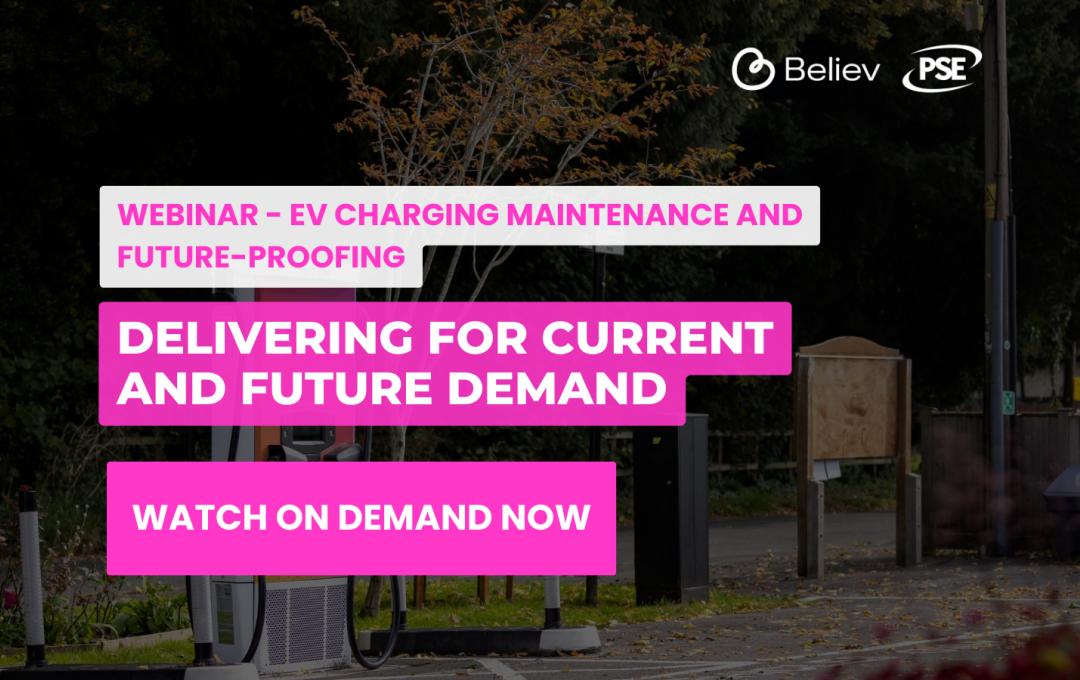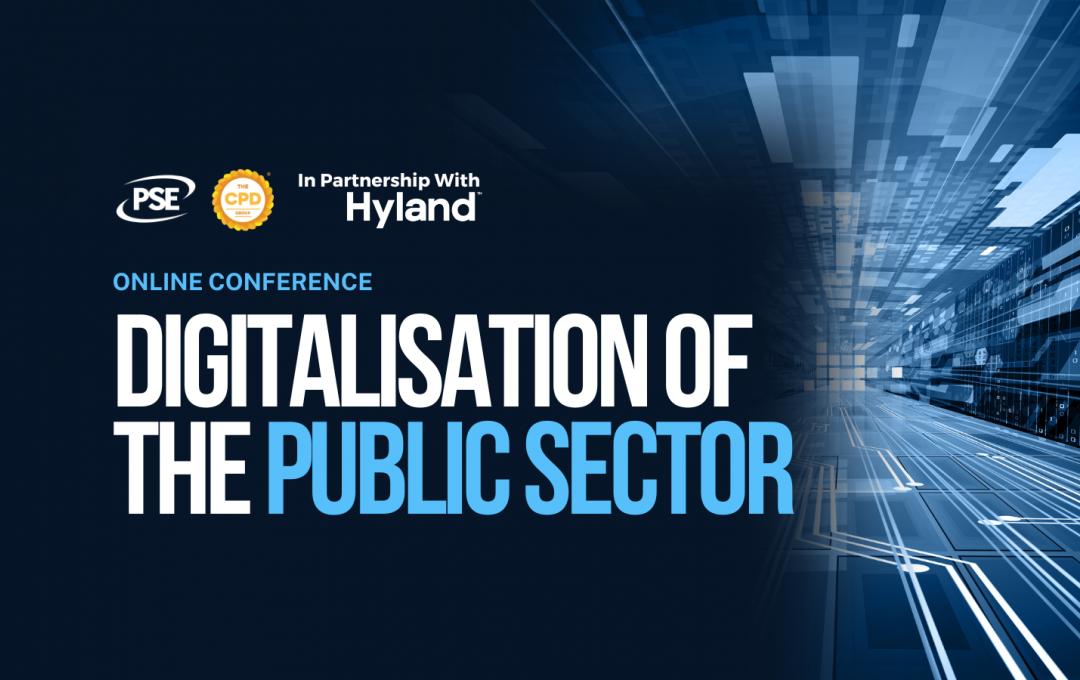Under pressure
The UK public sector is under increasing pressure to operate more efficiently and cut costs. As the cost of living crisis impacts people in every corner of the UK, government departments and local authorities have to juggle their own growing overheads while supporting their citizens struggling with rising bills. This was the key driver for our client, the London Borough of Waltham Forest, when it switched support for its SAP applications to us.
Adding to these pressures, the public sector is expected to modernise operations to streamline and improve the services it offers – and do all this with significantly fewer staff. According to reports, the Government is planning to cut 91,000 civil servant roles over the next three years, and some departments could see as many as 40 per cent of staff cut.
Despite these huge job losses, the Government is adamant that there will be no reduction in services – instead, a combination of technology and automation will be used to increase the efficiency of the public sector.
While there is much discussion and interest around the use of technology to enable better efficiencies across Government departments, there is less focus on the specifics – what technology to use, how to manage and maintain it to ensure the best value, and how it works with existing systems.
Former failures
What we do have plenty of instead are examples of public sector IT failings: the Home Office’s programme to replace the Police National Computer has been delayed from 2020 to 2025 at the earliest, and is currently over budget by £450m to £1.1bn; the Chancellor was unable to raise benefits to keep up with inflation and support those most in need because the relevant 1980s IT system can only process one increase annually, in April; a data-collection black hole, which means the Government is unable to get a handle on around two-thirds – equivalent to £10bn - of local authority spending.
The poor reputation of public sector IT projects means there is even more need for organisations to ensure future technology implementations are run more intelligently and efficiently, as they will certainly face a huge amount of scrutiny. And there are many more mammoth IT projects in the pipeline. These include the Department for Work and Pensions embarking on a three-year plan to deliver services digitally as much as possible, with data becoming “the lifeblood of how the department operates”.
However, there is a major obstacle to the DWP’s plans. The department acknowledges that its reliance on legacy technology presents significant risks around reliability, security, and the availability of talent to maintain such systems. To reduce this risk, the DWP plans to decommission existing legacy systems.
HM Prison and Probation Service is another department hampered by legacy IT problems. HMPPS has set aside £5m for a project to switch off chunks of its legacy estate and adopt new digital services and data platforms.
An alternative to risky rip and replace
However, based on the public sector track record of IT projects, which often run over both in terms of time and budget, it is worth considering an alternative route to ripping out existing systems and replacing them wholesale to modernise services while coping with budget cuts.
This is perhaps one of the motivations behind Her Majesty’s Revenue and Customs (HMRC) decision to extend the life of its existing SAP ECC6 to 2026 which it describes as “highly customised.” Wholesale change has the potential to be risky, but extending the life of the existing environment gives HMRC to plan its approach.
However, buying more time is only half the challenge. SAP intends to stop full support for ECC6 in 2027, with the option for customers to buy extended support until 2030. So, for HMRC, which has stated its intention to migrate to S/4HANA, it needs to extend the life of its existing ECC6 environment as it recognises that such an implementation will take a number of years to complete.
We would argue that this is a sensible approach, what we call the smart path to transformation. It still enables public sector organisations to modernise their infrastructure and fully support digital services, but while avoiding the wholesale disruption of switching off existing systems and migrating to new ones.
Instead, the smart path lets you optimise some of your existing applications, potentially evolving them over time, but gaining the benefits of a more modern IT infrastructure immediately. This can be achieved by shifting current applications to a hosted cloud environment or shared service, leading to immediate cost savings garnered by a decrease in datacentre costs. You then have the flexibility to switch out applications in a targeted manner for best-of-breed replacements – innovating at the edge, rather than rip and replace.
Composable architecture
This approach based on best of breed and innovation is also an important step in building a composable enterprise application environment, a goal for any organisation wanting to operate efficiently, and future-proof the delivery of digital services.
To build a composable application environment, public sector organisations do not need to rush to upgrade to the most recent version of their software. Take the example of Kent County Council, which decided to use third-party support to maintain the existing version of its Oracle products rather than replacing them with different software or a costly and disruptive upgrade.
Turning to third-party support for current IT systems allows organisations to take advantage of tools to achieve integrations between in-house applications and SaaS environments. Rather than having to switch to a full SaaS environment, you benefit from data integration and a single source for all your information.
The customer, not the vendor, is king
One important point to keep in mind when planning any IT transformation within the public sector is that while vendors will promote the cloud version of their applications as the best and sometimes only way, that does not mean every organisation should rush to switch to the cloud. Indeed, there is an ulterior motive here, as by enticing customers to move their applications to the cloud, this makes it easier for vendors to streamline their range of products and wind down support for existing, on-premise versions.
However, the end of full vendor support does not mean the end of usefulness of your applications. Third-party support offers the ability to run software, even when vendors are not updating the products, and adopting a unified software support strategy can drive further efficiencies and support transformation.
As the cost of living crisis continues, now is not the time to be risking more costly public sector IT failures. The public sector is facing the dual pressure of reducing headcount within the next three years, while at the same time modernising IT systems to offer more and better digital services. Having the right technology partner in place will be vital to deal with this challenge: a partner with the expertise to support complex enterprise application environments, who will reduce the burden on your internal team, so you can redirect them to the IT projects that will enable modernisation and increase efficiency.



















